Hinglaj Mata Temple is one the most powerful Hindu temples in Pakistan. A Hindu Mandir devoted to Hinglaj Mata in Pakistan is now under discussion. As per the legend, Hinglaj Mata is to be thought as one of the places where Sati, the goddess of marriage and permanency, fell to earth after committing suicide. It is to be supposed that during these three days who will visit the temple and pray and all his sins will be forgiven.
“This is a very blessed visit in the Hindu religion,” Maharaj Gopal, the Mandir’s chief priest in, told the AP. “Whoever comes in this temple and prays during these three days, all his sins will be forgiven.” The Mandir is also called as Hinglaj Devi, Hingula Devi and Nani Mandir. The temple is located in Hingol National Park in the Baluchistan area of Pakistan.
It is one of the three Shakti Peethas situated in Pakistan, the other two being Shivaharkaray and Sharada Peeth. Every spring, the Mandir hosts one of the biggest Hindu festivals called as Hinglaj Yatra. 100,000 Hindu tourists are estimated to attend the occasion. Tourists climb numerous of stairs to arrive at the oldest on the banks of the Hingol River. They threw bamboo and rose petals into a deep pit while seeking God’s permission to visit Hinglaj Mata.
The myth behind the Hinglaj Mata Temple
As per the Shiva Puran, Daksha-Prajapati was looking for appropriate grooms for his daughter Sati. But, Sati selected Lord Shiva notwithstanding her father’s disapproval. Enraged by Sati’s decision, Daksha-Prajapati arranged a grand yajna but deliberately excluded Shiva.
Sati set herself on fire out of anger and insults. Filled with anger, Shiva punishes Daksha for Sati’s death, but future forgives him, bringing him back to life. Overcome with grief, Shiva walked through the sky with the lifeless form of Sati. Finally Vishnu took action and cut Sati’s body into 108 pieces. 52 of these fragments fell to Earth, while the remaining fragments were dispersed on other planets, every making Shakti Peetha, a Mandir devoted to the divine form.
This part would have been protected in 1988. It is the biggest National Park in Pakistan with an area of 6,190 km2. The park takes its name from the Hingol River that flows through it and forms a river flowing into the Arabian Sea. Hingol National Park covers a variety of landscapes, from the Arabian Sea to the middle of the sea, from the banks of the Hingol River to the Dhrun Mountains at an altitude of 1,580 meters.
Discover more from Travel n' Thrill
Subscribe to get the latest posts sent to your email.

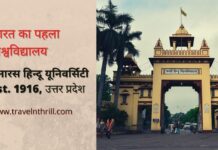
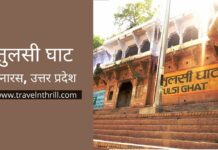
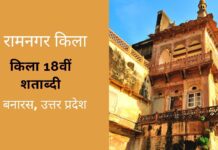
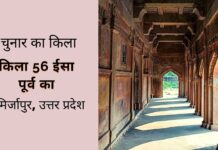

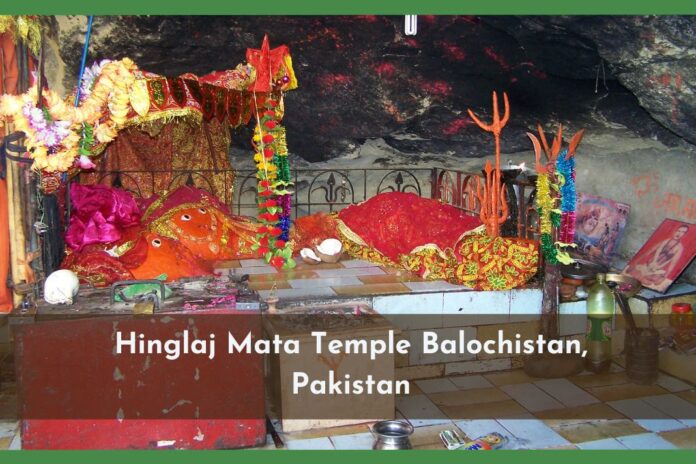

![Kamakhya Temple – A Mysterious Bleeding Goddess Complete Guide 2025 [Updated] kamakhya temple](https://travelnthrill.com/wp-content/uploads/2020/06/kamakhya-temple-218x150.jpg)





